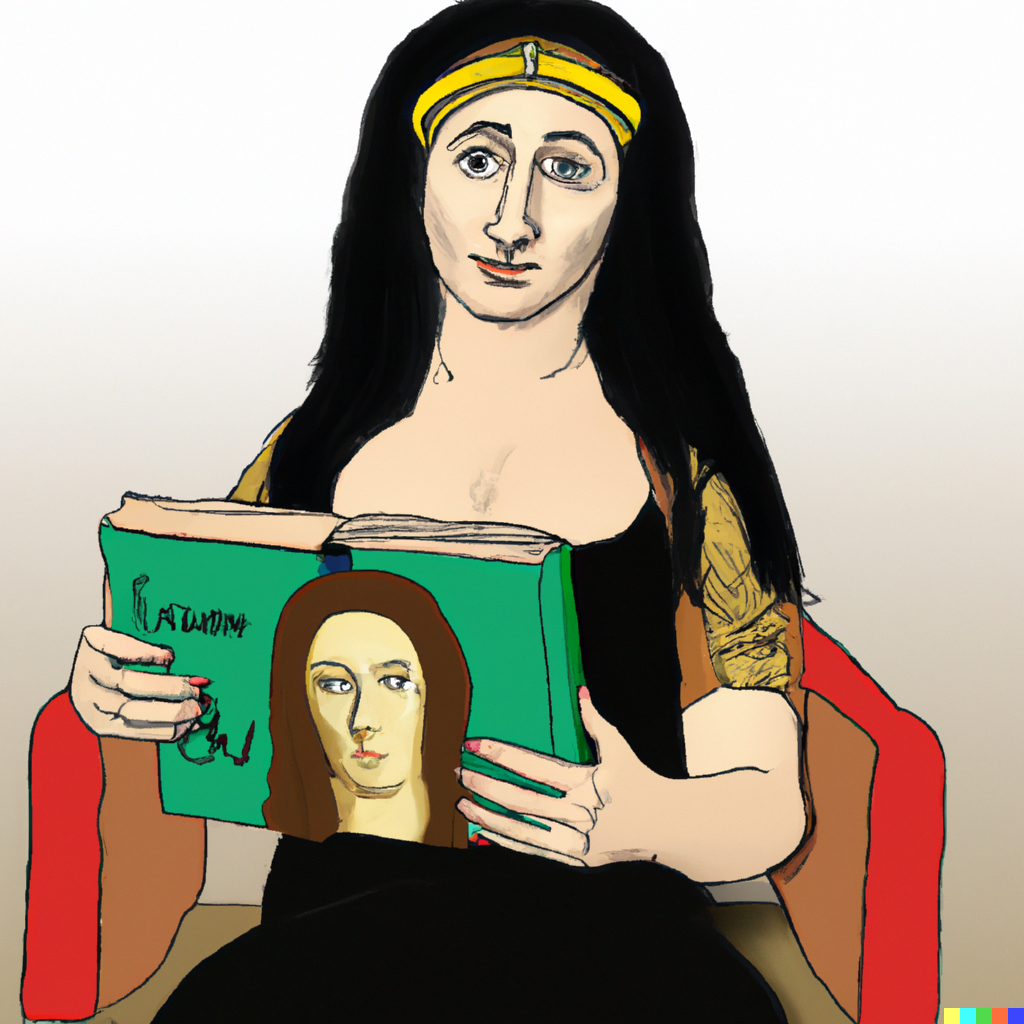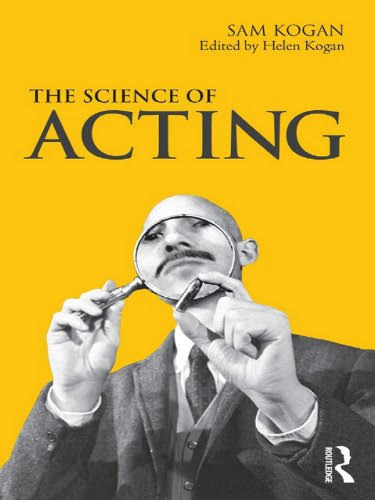In a crowded genre, the self-help canon of Helen Mosimann-Kogan stands out, not only for its real-world grounding, but deep roots in a unique and intriguing family history.
Kogan brings her experiences as the daughter of revered acting coach Sam Kogan as well as serious academic credentials.
Learning’s worn lightly, in The Little Book of Self Inquiry: Ancient Keys for a Modern Age. Mosimann-Kogan takes a look at ‘ancient wisdom keys…from historic civilizations’, mining them for insights into self-discovery.
She delves into the symbols and preoccupations common in seemingly disparate traditions: shamanic rituals across the globe, the I-Ching, numerology and Tarot. Essentially, her guide uses these keys to develop a system of pattern reading, decoding our pasts to change our futures.
Ostensibly a manual for student performers, our second pick, The Science of Acting advocates self-regulation and self-knowledge to achieve consistent, reproducible performances.
Acting teacher Sam Kogan (edited by his daughter) is at pains to point out that such methods (or indeed the better-known Method, in which actors are encouraged to subsume themselves in a character) don’t make great actors by themselves. Still, he delivers a fascinating insight into the craft for actors and non-actors alike.
The book is a unique and comprehensive guide that explores the intersection of psychology, physiology, and theater. Kogan presents a practical and theoretical framework for actors to enhance their skills and create more believable performances. His techniques provide a framework for actors to present their best and truest public face to the world.
The book provides a ’formula’ to what can be an elusive creation of a character. Kogan asks the actor to first explore the formation and functioning of their own consciousness and to use those organic principles to create their characters. This includes a detailed exploration of how the actor’s own thoughts, beliefs and generalizations about themselves and the world took form and function, so as to apply the same principles to each new character they create – be they playing an acorn. The book finishes with the Ten Step approach to a script and its application to a one-act Chekhov play.
The last title in this series, Why We Think The Way We Do and How to Change It. The authors are both experienced cognitive-behavioral counsellors who have worked with individuals struggling with a range of life situations. Their book provides a thorough look at the factors that shape our thinking and behavior.
The book focuses on three main areas of our thinking patterns: 1) the cognitive processes that underlie your thinking, such as attention, perception, and memory, 2) the social and cultural factors that shape your thinking patterns, and 3) practical strategies to change your thinking patterns and overcome negative thoughts and beliefs.
The book uses clear and concise language to explain psychological concepts, so consider it user-friendly in its approach for reprogramming the mind. The author’s take gently cajoling yet caring tone, illustrated with easy-to-follow examples, case studies and scenarios. Ready to internalize helpful beliefs and jettison unhelpful ones? This book is for you.




